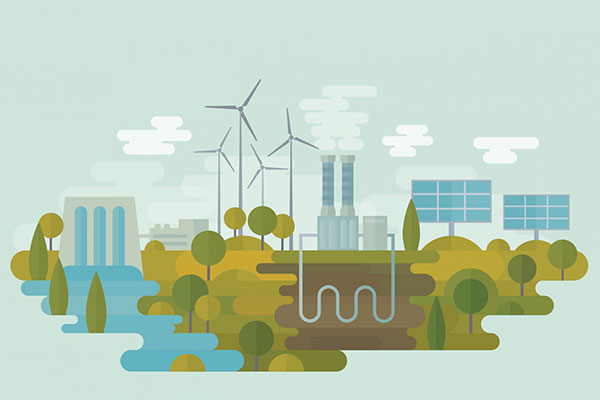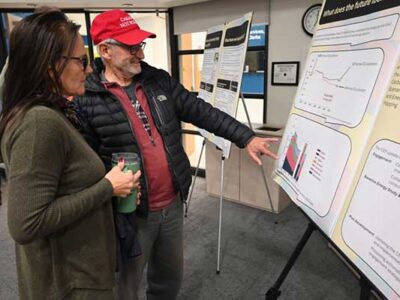- The researchers argue that the targets, models, and technologies have co-evolved in ways that enable delay.
- They argue instead for cultural, social and political transformation.
- To enable widespread deployment of both behavioral and technological responses to climate change.
New research published in Nature Climate Change calls for an end to a longstanding cycle of technological promises and reframed climate change targets.
Contemporary technological proposals for responding to climate change include nuclear fusion power, giant carbon sucking machines, ice-restoration using millions of wind-powered pumps, and spraying particulates in the stratosphere.
Researchers Duncan McLaren and Nils Markusson from Lancaster Environment Centre say that: “For forty years, climate action has been delayed by technological promises. Contemporary promises are equally dangerous. Our work exposes how such promises have raised expectations of more effective policy options becoming available in the future, and thereby enabled a continued politics of prevarication and inadequate action.
“Prevarication is not necessarily intentional, but such promises can feed systemic ‘moral corruption’, in which current elites are enabled to pursue self-serving pathways, while passing off risk onto vulnerable people in the future and in the global South.
The article describes a history of such promises, showing how the overarching international goal of ‘avoiding dangerous climate change’ has been reinterpreted and differently represented in the light of new modelling methods, scenarios and technological promises.
The researchers argue that the targets, models, and technologies have co-evolved in ways that enable delay: “Each novel promise not only competes with existing ideas, but also downplays any sense of urgency, enabling the repeated deferral of political deadlines for climate action and undermining societal commitment to meaningful responses.
They conclude: “Putting our hopes in yet more new technologies is unwise. Instead, cultural, social and political transformation is essential to enable widespread deployment of both behavioural and technological responses to climate change.”
The researchers map the history of climate targets in five phases: “stabilization,” followed by a focus on “percentage emissions reductions,” shifting to “atmospheric concentrations” (expressed in parts per million), “cumulative budgets” (in tonnes of carbon dioxide), and currently “outcome temperatures.”
In the first phase (around Rio, 1992) technological promises included improved energy efficiency, large-scale enhancement of carbon sinks, and nuclear power
In the second phase around the Kyoto summit (1997) policy promises focused on cutting emissions with efficiency, fuel switching and carbon capture and storage (CCS).
In the third phase (around Copenhagen, 2009), CCS became linked to bioenergy, while policy focused on atmospheric concentrations.
Phase four saw the development of sophisticated global carbon budgeting models and the emergence of a range of putative negative emissions technologies.
Policy in phase five focused increasingly on temperature outcomes, formalised with the Paris accord of 2015.











Comments